Author: Silicon Rabbit
GPT-5 has finally arrived.
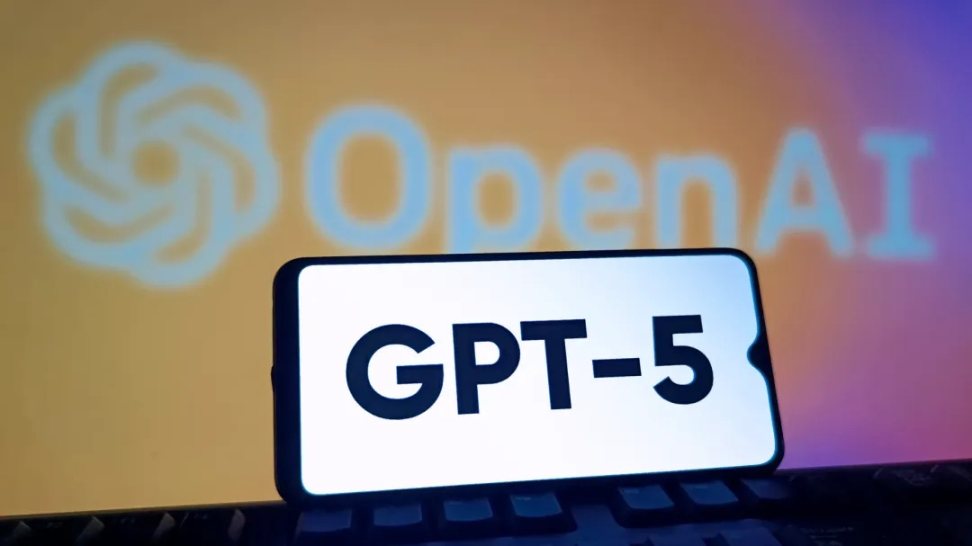
However, amidst the overwhelming discussions in the AI community, a subtle sense of "disappointment" is spreading. Many voices believe that compared to the stunning debut of GPT-4, the release of GPT-5 feels more like a steady but "boring" upgrade, with some even jokingly calling it "an enhanced version of GPT-4.1."
At the same time, the ongoing brain drain and organizational turmoil within OpenAI have added fuel to the narrative of "lack of innovation." From the mass exodus of core members of the safety team to key technical talents being poached by competitors, outsiders can't help but wonder: has the internal turmoil at OpenAI already affected the product level, weakening its ability to achieve disruptive innovation?
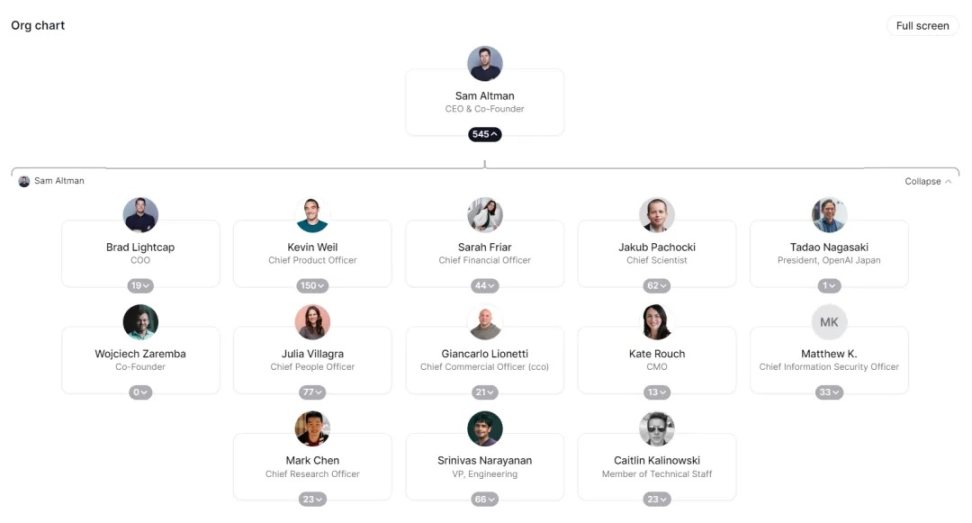
However, when we shift our focus away from organizational changes and refocus on the product itself, while the market is generally discussing "insufficient innovation," are they overlooking the remarkable leaps in "reliability" and "practicality" that GPT-5 has achieved?
To this end, we immediately connected with a former senior research scientist at Google DeepMind, who was deeply involved in the development of the PaLM 2 model. We asked him just one question: How will GPT-5 reshape the investment logic in the secondary market?
In three sentences, he provided a judgment that is starkly different from mainstream market perceptions.
01
"The market is looking for the 'iPhone moment' of amazement, but they are completely missing the point. The true moat of GPT-5 is the qualitative leap from 'toy' to 'tool.' Its leap in reliability—reducing factual error rates by 45%—means that enterprise-level AI applications will for the first time move from 'small-scale pilots' to the critical point of 'large-scale deployment.'
This will fundamentally reassess the value of all AI-dependent SaaS companies, shifting the investment logic from chasing 'model parameters' to embracing 'business processes.'"
This scientist pointed out the core misconception in the market: an excessive obsession with "awe." He explained that since the advent of ChatGPT, the public and capital markets have been anticipating a disruptive feature that could ignite the world with a simple demo, much like the touchscreen of the first-generation iPhone.
But this expectation overlooks the inevitable law of the technology maturity curve: after breakthrough innovations, there will inevitably follow a long and critical "reliability ramp-up period."
In the GPT-4 era, the "hallucination" problem of AI was the biggest roadblock on its path to commercialization.
For individual users, AI occasionally fabricating facts may be harmless, even becoming a topic of conversation on social media. For example, the classic question: Which was bigger, 9/11 or 9/9?

But for enterprises, especially in industries like finance, law, healthcare, and engineering, where there is zero tolerance for inaccuracies, an unreliable AI is akin to a ticking time bomb.
No law firm would dare to use an AI assistant that might fabricate clauses in contracts; no investment bank would risk using an AI model that could misinterpret financial data to build valuations; and no pharmaceutical company would rely on an AI that could invent chemical formulas for drug development.
This is precisely where GPT-5's revolutionary reduction of factual error rates by 45% comes into play. This figure is not merely a simple linear optimization; it signifies that the usability of AI has crossed a critical threshold.
It means that AI's output has shifted for the first time from "requiring 100% human expert verification" to "human experts only needing to conduct critical reviews." This shift will directly unlock a trillion-dollar enterprise application market.
02
"Everyone is discussing the model's capabilities, yet overlooking its 'economic intelligence.' The built-in 'smart router' is key to profitability. It can answer most simple questions using the least costly computing resources, significantly reducing reasoning costs and improving gross margins. This directly addresses the secondary market's biggest concern about AI companies being 'bottomless pits of cash burning,' proving that a path to scalable profitability exists, rather than just being a distant dream."
If reliability solves the question of whether AI "can be used," then GPT-5's built-in "smart router" addresses the critical issue of whether AI "can be afforded."
Since the competition for large models has heated up, the shadow of "burning cash" has loomed over the entire industry.
Every interaction between a user and a large model involves the high-speed operation of thousands of expensive GPUs in data centers, keeping reasoning costs high.
This has led to skepticism in the market regarding the business models of AI companies: can a model akin to "delivering takeout in a Lamborghini" really be profitable?
GPT-5's "smart router" architecture is a model of engineering and business integration. It acts like an experienced traffic dispatcher, instantly assessing the complexity of user requests.

When a user asks, "What's the weather like today?" or "Help me write a simple thank-you email," the router will call upon a lightweight, efficient, and low-cost small model to handle it;
However, when a user presents a PhD-level challenge like, "Help me analyze this 200-page financial report and predict its cash flow for the next three years," the router will then awaken and call upon the most powerful GPT-5 core model.
This refined cost control fundamentally changes the unit economic model of AI services. It means that OpenAI has, for the first time, demonstrated to the world that scalable AI services do not have to be a money-losing venture.
03
"The 'agentic' capabilities of GPT-5 are severely underestimated. It is no longer just a 'coding assistant,' but a prototype of a 'junior digital employee.' When a model can complete website development or complex data analysis end-to-end, it is no longer a SaaS tool but a replacement for SaaS.
Investors in the secondary market must immediately start thinking: which publicly listed software companies' moats will be completely eroded by this 'AI Agent' in the next 24 months? This opens a whole new window of opportunity for hedging and shorting."
This is the most disruptive and unsettling viewpoint proposed by the scientist. While the public is still cheering for GPT-5's ability to better assist programmers in writing code, they fail to realize that the "co-pilot" is quietly moving toward the "driver's seat."
GPT-5's "agentic" capabilities mean it is no longer just passively responding to commands but can understand a complex goal and autonomously break it down into multiple steps, calling different tools (such as browsers, code interpreters, APIs) to execute and ultimately complete the task.
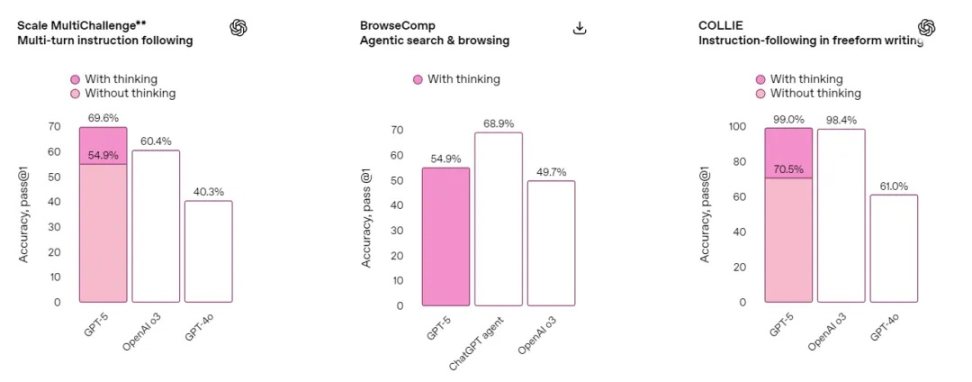
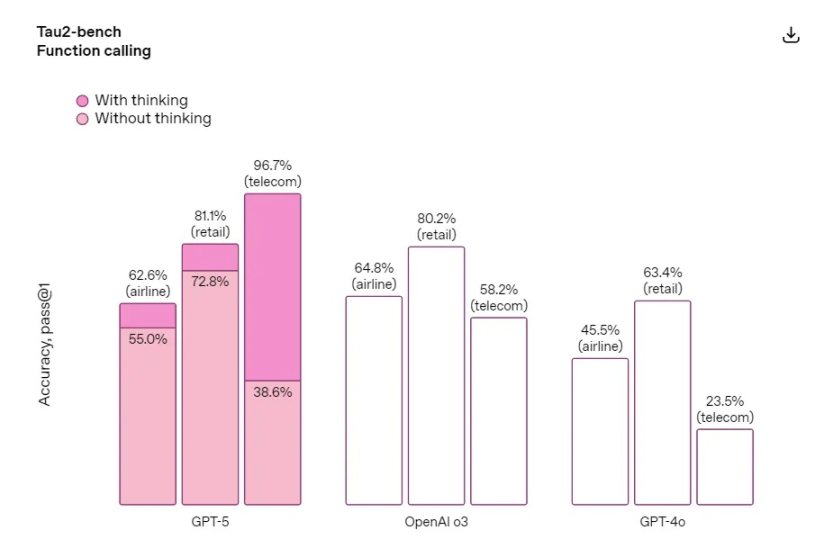
This "end-to-end" capability is a dimensional strike against the traditional Software as a Service (SaaS) model. For the past decade, the core logic of the SaaS industry has been "defining and solidifying an optimal business process with software." In contrast, GPT-5's logic is: "You tell me your goal in natural language, and I will dynamically generate and execute the process for you."
This represents a fundamental paradigm shift. The answer to this question was most powerfully demonstrated at the GPT-5 launch event.
During the live demonstration, GPT-5 completed a company data visualization dashboard in just 5 minutes, a task that would have taken a professional team several days to deliver. Even more astonishing was its demonstrated autonomy during the process: it could fix bugs in real-time, automatically correct logical errors, like an experienced engineer iterating on itself.
The final interactive dashboard was not only aesthetically pleasing and tasteful but also had a clear hierarchical structure, allowing decision-makers to easily focus on core data.
As one researcher commented after the event: "An experienced human engineer might need several days just to learn and master the latest frameworks required to complete this task."
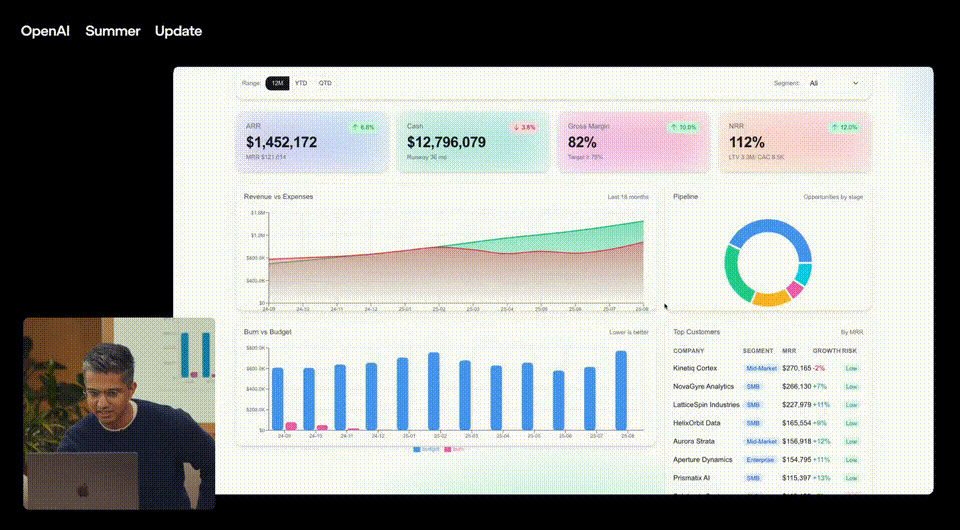
When an AI can complete work with such efficiency and quality, the value proposition of traditional SaaS tools, which charge monthly fees and offer limited functionality, is rapidly being undermined.
Conclusion
The public's disappointment stems from GPT-5's lack of "earth-shattering" new features; however, the astute see the revolutionary power brought by deep "evolution." What GPT-5 brings is, first, an explosion of enterprise applications based on "reliability," second, a turning point for profitable business models based on "economic intelligence," and finally, industry disruption and reshuffling based on "agentic" capabilities.
The essence of investment is to seek certainty amid uncertainty. And conversing with the best minds is the most effective way to guard against uncertainty.
When your team is embroiled in heated debates over technical routes, when your investment decisions hang in the balance, when your product strategy is shrouded in fog… remember, the confusion you face may be a journey that some expert has already traversed. We, Silicon Rabbit, believe that real firsthand experience always comes from those who are driving industry change themselves.
免责声明:本文章仅代表作者个人观点,不代表本平台的立场和观点。本文章仅供信息分享,不构成对任何人的任何投资建议。用户与作者之间的任何争议,与本平台无关。如网页中刊载的文章或图片涉及侵权,请提供相关的权利证明和身份证明发送邮件到support@aicoin.com,本平台相关工作人员将会进行核查。




